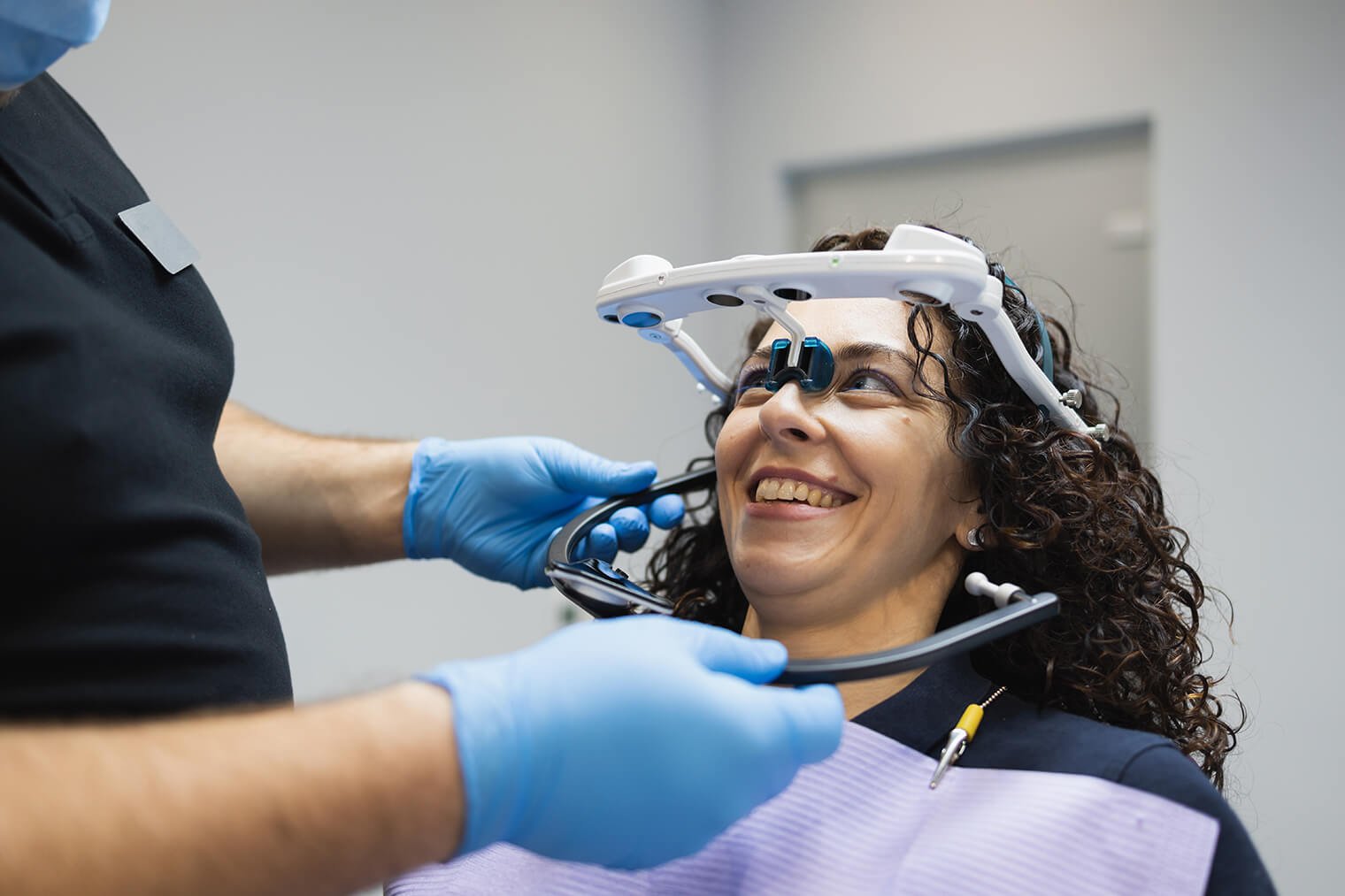The Role of Orthodontics in Jaw Alignment
Introduction to Orthodontics in Jaw Alignment
Orthodontics plays a crucial role in correcting jaw alignment issues. Misaligned jaws can lead to various problems, including difficulty in chewing, speaking, and even breathing. Moreover, they can also affect the aesthetic appearance of a person’s smile. Orthodontic treatments are designed to address these alignment problems, improving both function and appearance.
Common Jaw Alignment Issues
Several common jaw alignment issues can be effectively treated with orthodontics:
- Overbite: This occurs when the upper front teeth overlap significantly over the lower front teeth. Severe overbites can lead to gum problems or irritation, and wear on the lower teeth.
- Underbite: This is when the lower front teeth protrude past the upper front teeth. It can interfere with the normal function of the front teeth or molars, leading to tooth wear.
- Crossbite: This happens when one or more of the upper teeth bite inside the lower teeth. It can cause tooth stratification and misalignment.
- Open Bite: An open bite is when there is a gap between the upper and lower front teeth when the back teeth are together. It can affect proper chewing and lead to speech difficulties.
- Jaw Misalignment: Misalignment of the jaw can cause a variety of problems, including temporomandibular joint (TMJ) disorders, leading to pain and discomfort.
How Orthodontic Treatments Can Correct Jaw Alignment
Orthodontic treatments work by gradually moving teeth into their proper positions and aligning the jaws. These treatments are tailored to each patient’s specific needs. Here’s how they can help:
- Braces: Traditional braces use brackets and wires to move teeth into alignment. They can effectively treat a wide range of alignment issues, including severe misalignments.
- Clear Aligners: Clear aligners, such as Invisalign, are a popular choice for correcting alignment issues. They are virtually invisible and can be removed for eating and cleaning.
- Palatal Expanders: These devices are used to widen the upper jaw so that the upper and lower teeth fit together better. This is often used for children whose jaws are still growing.
- Surgical Orthodontics: In severe cases, surgical procedures may be necessary to correct jaw alignment. This is often combined with orthodontic treatment to achieve the best results.
Types of Orthodontic Treatments for Jaw Alignment
Different orthodontic treatments can be used depending on the specific jaw alignment issue:
- Metal Braces: The most common type of braces, made of high-grade stainless steel. They are effective for treating complex jaw alignment issues.
- Ceramic Braces: These braces are similar to metal braces but use clear or tooth-colored brackets that are less noticeable.
- Lingual Braces: Placed behind the teeth, lingual braces are hidden from view and are a discreet option for patients.
- Clear Aligners: Custom-made, clear plastic trays that fit over the teeth and are changed every few weeks to gradually move the teeth into alignment.
Benefits of Correcting Jaw Alignment
Correcting jaw alignment has numerous benefits for both oral health and appearance:
- Improved Oral Health: Proper jaw alignment helps in better chewing and digestion of food. It also reduces the risk of tooth decay and gum disease by making it easier to clean teeth.
- Enhanced Appearance: Straight teeth and a properly aligned jaw contribute to a more attractive smile, boosting self-confidence.
- Reduced Wear and Tear: Aligning the jaws properly reduces abnormal wear on teeth and minimizes the risk of chipping or breaking teeth.
- Better Functionality: Proper alignment ensures that teeth and jaws function as intended, reducing the risk of jaw pain and TMJ disorders.
Conclusion
Orthodontics in jaw alignment plays a vital role in both the functional and aesthetic aspects of oral health. Comprehensive orthodontic treatments tailored to meet individual needs can effectively address a wide range of alignment issues. Whether you’re dealing with an overbite, underbite, crossbite, or any other jaw alignment problem, orthodontic care can provide significant improvements. Correcting jaw alignment not only enhances your oral health but also improves your overall appearance, leading to a more confident and healthier you.
Orthodontic treatments are an investment in your long-term oral health and well-being. If you or your child is experiencing jaw alignment issues, consider consulting with an orthodontic specialist to explore the best treatment options. Together, you can achieve a beautiful, functional, and healthy smile.

